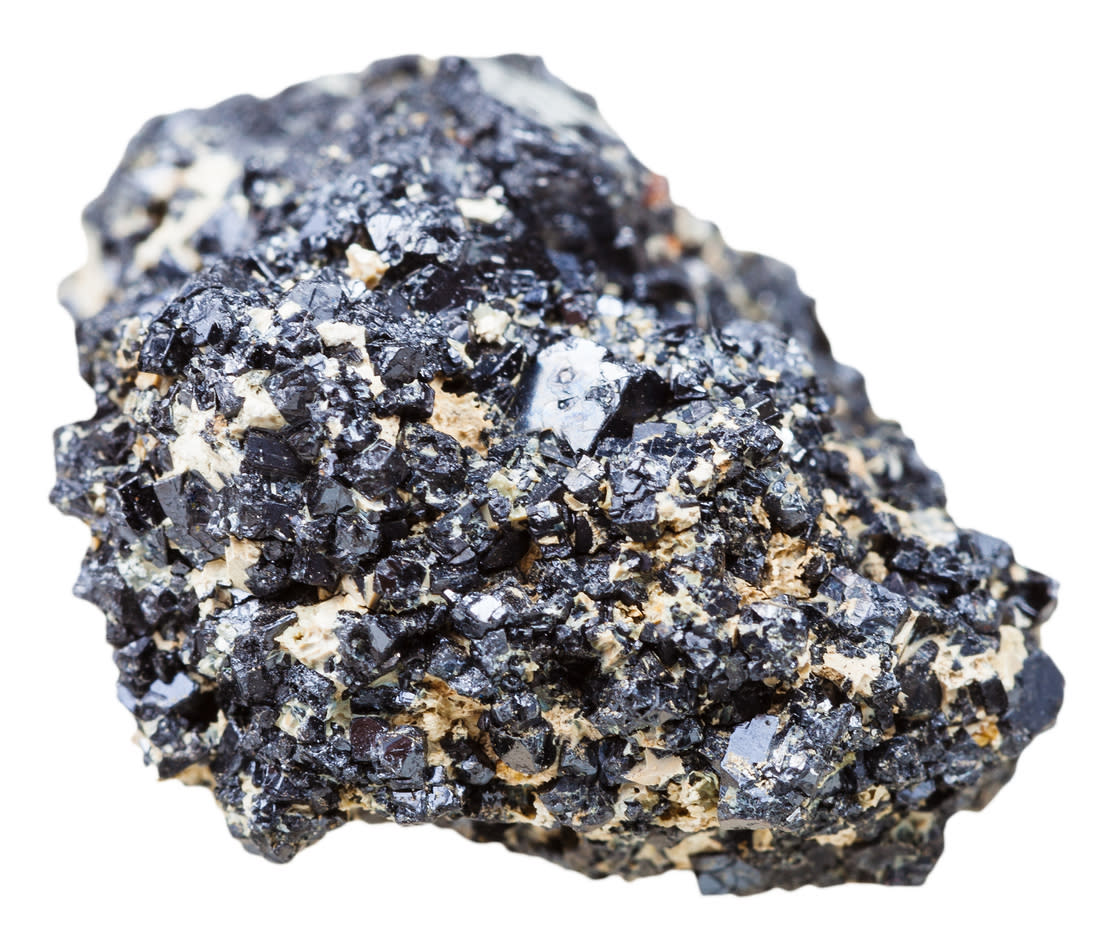New research shines light on perovskite solar cell performance
New research from the Nature Energy journal has revealed defects in a popular perovskite light absorber that impedes solar performance. While the materials enable better sunlight absorption, its potential in real-world applications is yet to be realised.
The discovery by an international team of researchers, led by Monash University and Wuhan University of Technology, could lead to improved solar cell technology and provide another step towards reducing the use of fossil fuels for energy.
ADVERTISEMENT
Perovskite light absorbers have the potential to improve the efficiency of established silicon solar cells by adding an additional layer that can absorb colours, or parts of the energy spectrum, of sunlight which current silicon solar cells cannot.
The highest possible performance of silicon solar cells is around 32% of capacity. This means only about 32% of the energy available in sunlight can be captured by silicon solar cells.
Placing such a perovskite solar cell on top of a silicon solar cell, known as a tandem solar cell, can effectively boost the overall performance of the stack up to roughly 42%.
Since small changes to the perovskite composition can tune the absorption spectrum of perovskite solar cells relatively easily, it is possible to create a perovskite solar cell that absorbs the higher energy light but lets the lower energy light pass through.
The research team used the imaging and diffraction protocol developed at the Monash Centre for Electron Microscopy (MCEM) to study the crystal structure of a range of perovskite solar cell materials in their pristine state.
Lead corresponding author and director of the MCEM Professor Joanne Etheridge says disruptions in the periodic crystal structure can have a strong influence on the material’s electronic properties: “Being able to map the local crystal structure of a thin film of perovskite light absorber and correlate this with the overall solar cell device performance provides exciting new insights into how device performance can be improved.”
The research team was able to control the presence of certain types of crystal defects – intragrain planar defects – by tuning the chemical composition of the perovskite films.
Planar defects are imperfections in the arrangement of atoms that occur on certain crystal planes.
These imperfections break the otherwise continuously repeating arrangement of atoms in a crystal lattice. Intragrain planar defects are a special type of disruption to the arrangement of atoms in the perovskite material.
-
ADVERTISEMENT
-
ADVERTISEMENT



